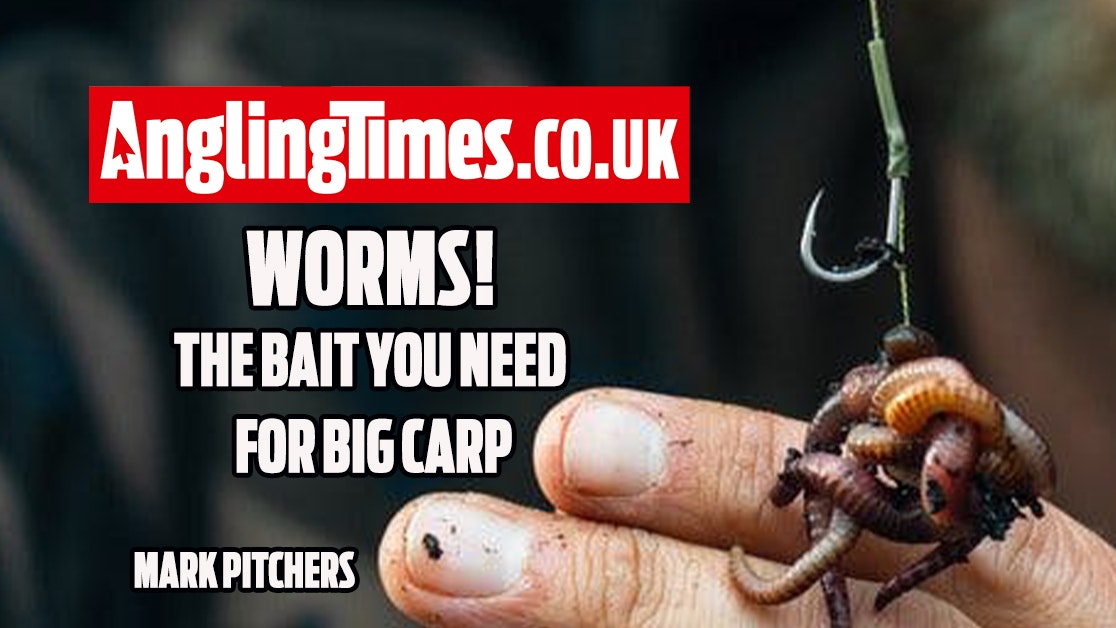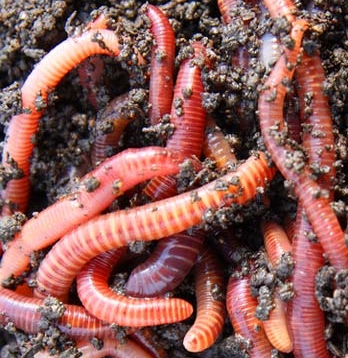How Where To Find Red Wigglers can Save You Time, Stress, and Money.
Table of ContentsThe Ultimate Guide To Where To Find Red WigglersHow Where To Find Red Wigglers can Save You Time, Stress, and Money.Our Where To Find Red Wigglers PDFsThe Buzz on Where To Find Red WigglersExcitement About Where To Find Red WigglersSome Known Details About Where To Find Red Wigglers
For ideal outcomes, you desire to aim for about 60-70% dampness degree. The easiest test for this is to press a handful as difficult as you can. At the ideal moisture degrees which is just under 70% that handful must barely yield one decrease of liquid. pH in a worm bin is rather easy to keep.
The Indian Blue is voracious, yet additionally prefers a warmer environment and it additionally displays a propensity to leave the container. The red wiggler is a sturdy worm and isn't as picky concerning its climate. I such as to call it the Ford Taurus of vermicomposting worms; you won't brag to your hardcore composting pals that you have them, yet they will offer you well.
Like any kind of other lure, a worm's efficiency has actually pertained to depend on its discussion. H.G. "Tap" Tapply highlighted this factor almost a half century earlier in one of his Area & Stream columns. "A worm is such an unformed animal," he created, "there doesn't seem to be quite a fisherman can do with it other than stab it on a hook and toss it right into the water." But as Tap demonstrated, a fishermen can do a bargain to make a worm much more enticing.
The 5-Second Trick For Where To Find Red Wigglers
I think you will too if you try them. The smaller the trout stream, the better worms job is an axiom that hasn't transformed in the 100-plus years because Perry wrote his write-up. Fishermens of his era merely stuck their rickety fly rods through alder tangles and dropped a weighted worm right into a deep hole.
Morning is prime feeding time, and the weightless bait's slow descent leaves 5 inches of squirming healthy protein completely sight for rather a while. After you've made the cast, maintain the bond open and put the rod in a forked stick. The line will certainly drop off the pole in sluggish loops as the worm settles, yet usually the sluggish loops will certainly end up being a blur, and the morning will all of a sudden get instead fascinating.
I typically use an entire 'crawler, prefer marabou clothing, and drop the rod for two or 3 seconds when I get a hit.
If it's there, established the hook with a move rather than a jerk. As soon as in a while you'll find yourself hooked to those slow-moving, hearty pulls, and really feel the weight of a good walleye.
How Where To Find Red Wigglers can Save You Time, Stress, and Money.
When the hefty walleyes carry on to the big-water shoals in the late summer, try pursuing them with a bucktail jig and a 1-inch pinch of nightcrawler. The lure covers the hook factor, disperses weeds, and offers a taste of prey. With nothing dangling or waving, it continues to be protected no matter existing, casts, or enthusiastic panfish.
Whether you're wading or angling from a watercraft, drifting worms is just one of the terrific looking strategies for larger rivers. For trout, a spade-dug, 4-inch yard worm is the right dimension; for bass, see this site walleyes, and steelhead, a nightcrawler might be a better choice. The key is to drift the bait through feeding and holding areas because fish in current are not mosting likely to ferret out the lure, as they could in still water.
Fish the transitions: mouths of tributaries, bank-side slicks, and the sides of huge swimming pools. His motto applies to any kind of number of angling maneuvers, including the issue of adding a piece of worm to a damp fly.

Where To Find Red Wigglers Fundamentals Explained
Fill it with shredded paper, leaves, peat moss, and dirt. Moisten lightly. Cover and let rest for a week. Add a couple of hundred worms and feed them 2 times a week. Maintain the bed linen wet but not damp. On the food selection: lettuce, fruit and vegetable waste, and the periodic nongreasy surplus.
Just like veggie scraps, you can take your used coffee grounds and add them to a worm box. Worms love eating coffee grounds.
When the heavy walleyes relocate on to the big-water shoals in the late summer visit their website season, attempt going after them with a bucktail jig and a 1-inch pinch of nightcrawler. The bait covers the hook factor, deflects weeds, and supplies a preference of target. With absolutely nothing dangling or waving, it continues to be secure no matter current, casts, or enthusiastic panfish.
5 Simple Techniques For Where To Find Red Wigglers
Whether you're wading or angling from a boat, wandering worms is among the excellent searching techniques for larger rivers. Where To Find Red Wigglers. For trout, a spade-dug, 4-inch garden worm is the right dimension; for bass, walleyes, and steelhead, a nightcrawler may be a much better option. The secret is to drift the lure with feeding and holding areas because fish in current are not going to chase down the bait, as they may in still water
Strikes will come as a sharp yank instead than a pull or rap. Fish the transitions: mouths of tributaries, bank-side slicks, and the sides of big swimming pools. As the late Ed Zern, Field & Stream's fantastic satirist, when placed it: Anglers are born sincere however they get over it. His adage uses to any kind of number of angling maneuvers, consisting of the issue of including an item of worm to a damp fly.
But elevating your own bait suggests you can unclothe your try this house and hit the pond prior to Mama comes homejust like in the old days. Below's how to maintain a worm box: Cut a sheet of CDX-grade plywood, which is made with water-resistant glues, to your measurements. Toenail it together and pierce a loads 12-inch holes in the base for drainage.
The Only Guide for Where To Find Red Wigglers
Load it with shredded paper, leaves, peat moss, and dirt. Moisten gently. Cover and let sit for a week. Add a few hundred worms and feed them two times a week. Keep the bedding moist but not wet. On the food selection: lettuce, vegetables and fruit waste, and the occasional nongreasy surplus.
Simply like veggie scraps, you can take your utilized coffee grounds and add them to a worm box. Worms enjoy consuming coffee grounds.